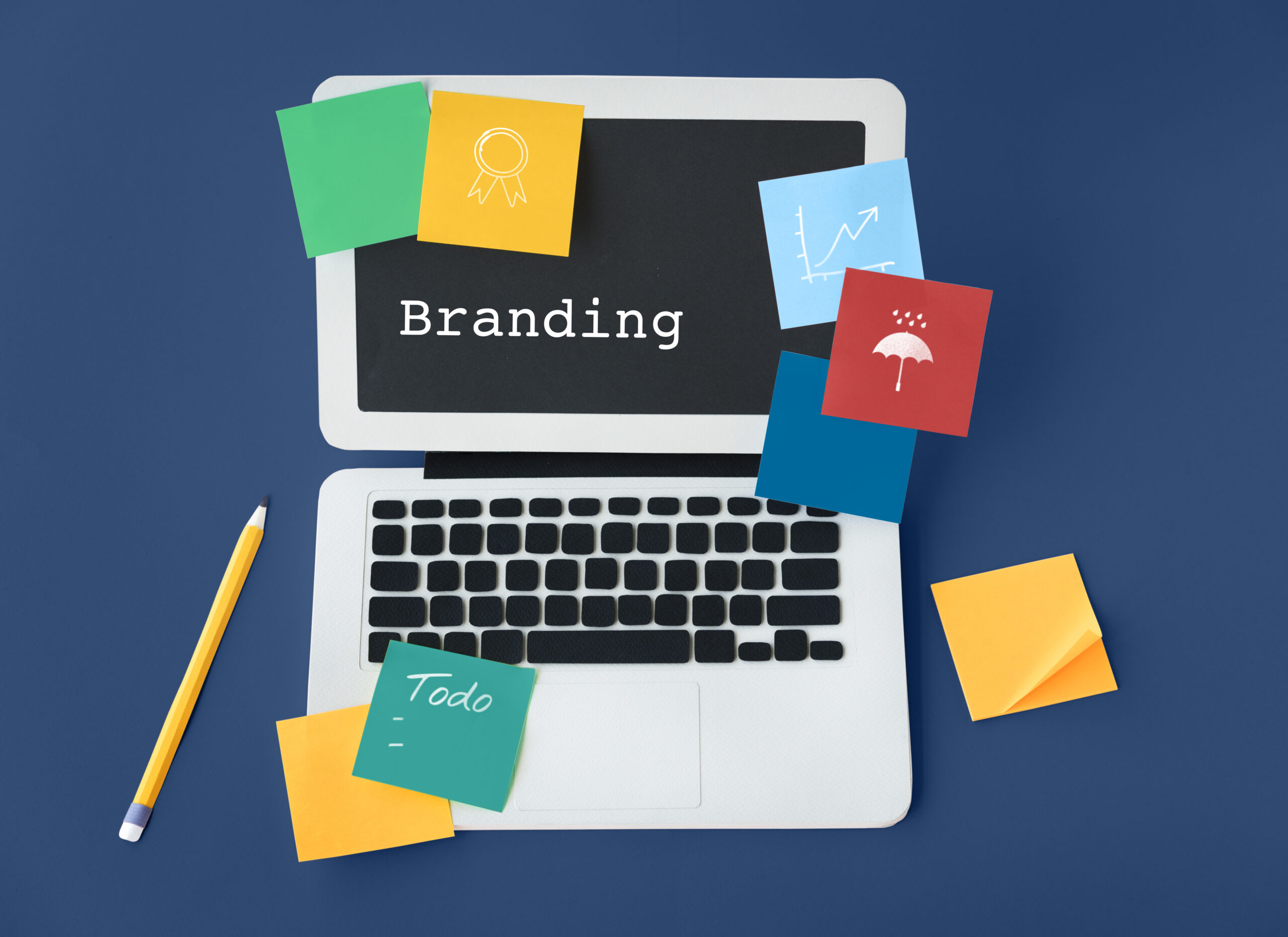If someone were to keep a box in front of you that had just a half eaten apple design on it or a swoosh mark on it, would you recognize the brand? Most of us would. Logos can be that effective. It can not only differentiate your brand from the hundreds of other competitors but it can help people remember you and make associations with your brand.

Even though logo designing is so important for businesses, it isn’t easy to get it right, even if you have a team of designers working on it. One of the examples for it dates back to 2010 when Gap had to reverse their logo redesign in just a week after they faced a wave of backlash.
But worry not. Brucira brings to you the 3 most common logo designing mistakes that you can avoid while designing or redesigning your brand’s logo.
1. Relying too much on trends or using generic imagery
If you do a basic search on Google for environmental firms, almost every firm’s logo has a tree or a leaf or a globe design. While these generic design elements may portray your industry, it’s no use if you can’t distinguish yourself from all the other players in your field. Take an example of Wildlife Conservation Society‘s unique logo that speaks volumes without using generic imagery.
A combination of minimalist design and expressive colors, the center of the ‘W’ denotes a grassy mountain. If you see from the left to the right, the logo has managed to capture a range of habitats from the skies to the seas. The blue and green also show powerful connections to nature without seeming too generic.
Another mistake designers usually make is when they base a logo on a trend. The thing with trends is they come and go and your logo, it needs to be timeless. So, what can you do instead? Stay aware of the latest trends, take inspiration from it but don’t base your entire logo on it. Pick elements that are less obvious but which still make sense.
Look at LG’s logo. At first you see a winking happy face that matches their slogan ‘Life’s Good’. Hidden in the emoji face are the letters LG. When you dive a little deeper yet, you can also see that the letter G is shaped like an on button. Clever, isn’t it?
2. Poor color selection

One of the golden rules when it comes to designing logos is to have your logo seem as effective in grayscale as it does in colors. Color selection is a critical part of designing logos but it should come at a later stage. There are three things to take care of while splashing your logo in colors:
- Having the right color combination: Colors have different saturations and values which is why not all of them work well together. Instead of using clashing colors, pick colors that go well with each other and have similar saturation and value.
Notice the color tones for Mastercard. They all work well together. But imagine if the red color was to be replaced by a pastel red color? Would it look as good? Probably not.
- Avoid using too many colors: Unless you’re a brand that wants to resonate a groovy or funky vibe, it’s best to stick to a few colors. Ideally, a combination of two or three colors works the best.
- Avoid using the most obvious color: Brown for chocolate, white for milk and so on are great colors. But if you want to really differentiate yourself from your competitors, you may want to pick a less obvious color combination.
3. Making the logo too detailed
Adding too much detail to a logo may not be a good idea especially when you consider that these days, most people would be viewing your website on smaller devices like a phone. Considering that your logo would occupy a small place in your website, would those details be visible to your customer? Probably not. And the worst part about it would be the customers wouldn’t even know where to go to see all that text or imagery in detail.

Instead, focus on making a logo that works well in both larger contexts as well as in smaller contexts like a thin header on a website.
You’re all set to make a great logo design now. Just remember to keep it simple, avoid common mistakes, research your industry and competitors and understand your target audience. That’s about all there is to logo designing.
For more such insights and useful articles on designing, UI and UX, you can check out our blog: https://blog.brucira.com/
Follow us on social media: Instagram | LinkedIn | Facebook | Twitter | Behance | Dribbble













